PNY GeForce GTX 1650 Dual-Fan 4GB GDDR6 Graphics Card
PNY GeForce GTX 1650 is built with the breakthrough graphics performance of the award-winning NVIDIA Turing architecture. With up to 2X the performance of the GeForce GTX 950, it’s a supercharger for today’s most popular games, and even faster with modern titles. This graphics card is designed to deliver a powerful combination of gaming innovation, next-gen graphics, and quiet, power-efficient operation. Easily upgrade your PC and get the game ready with a performance that’s up to 2X the GeForce GTX 950 and up to 70% faster than the GTX 1050 on the latest games.
PNY GeForce GTX 1650 Dual-Fan 4GB GDDR6 Review
PNY GeForce GTX 1650 is built with the breakthrough graphics performance of the award-winning NVIDIA Turing architecture. With up to 2X the performance of the GeForce GTX 950, it’s a supercharger for today’s most popular games, and even faster with modern titles.
GeForce GTX 1650 graphics cards are designed to deliver a powerful combination of gaming innovation, next-gen graphics, and quiet, power-efficient operation.
Easily upgrade your PC and get game ready with performance that’s up to 2X the GeForce GTX 950 and up to 70% faster than the GTX 1050 on the latest games.
PNY’s XLR8 version of the GTX 1650 is a squat and chunky GPU that takes up two PCIe slots but it’s only 5.7″ long, so it’s about half the length of a high-end GPU so it’ll fit in pretty much any case. Its length also makes it a prime candidate for SFF builds in Mini-ITX cases. Let’s take a look at the spec chart and see how it compares to its rivals.
PNY GeForce GTX 1650 card is cooled by a single fan, and again, there are no connections for power as it draws all its juice from the PCIe slot it’s attached to. It’s just plug-and-play, pretty much. There are only HDMI and DVI ports on the back, which is a bit of a throwback since most GPUs have DisplayPort on them these days, which allow for high-resolution gaming. But since this card is designed for 1080p, the connectors are both fine, and they work with older monitors as well.
PNY GeForce GTX 1650 is a drastically cut-down GPU compared to the previous versions, with less CUDA cores, less memory, and a narrower memory bus as well. For Nvidia on the desktop, this is as low as the company usually goes in terms of specs. It’s a 75w TDP GPU, but still boasts all the advantages of the latest technology Nvidia has to offer in its Turing architecture. So if you’re running a Kepler or Maxwell GPU from the old days, and are on a budget, this would be the card to consider if you’re sticking with Nvidia. Otherwise, AMD’s RX 570 is similarly priced.
Despite its semi-high price tag, this GPU doesn’t offer any bells and whistles at all. There’s no lighting, and the design is pretty bland as well. There’s just a single fan on top of a heatsink, and a plastic shroud with the letters GeForce GTX emblazoned on its in all-black.
To see how the PNY fared against the competition I stuffed it into the IGN test bench and ran our benchmark suite. The system was hand-built by moi and features a Skylake Core i7-7700K CPU, 16GB of RAM, an Asus Prime Z270 motherboard, a Sandisk SSD, and an EVGA PSU. I ran into a bug on Shadow of the Tomb Raider where the game would crash to desktop after each benchmark completed, and according to Google it’s the fault of the game’s latest patch, so hopefully that gets fixed soon.
As you can see from the chart, the GTX 1650 puts up some decent numbers at 1080p, making it a reliably solid GPU for 60 frames per second gaming. However, The Radeon RX 570 is a clearly more powerful GPU, at every game, and at both resolutions I tested. This is the case despite the fact that the PowerColor Red Dragon version of the RX 570 is 70 less expensive on Amazon than the PNY GPU. “Hey IGN,” you say. “The Red Dragon requires an eight-pin power connector so it consumes more energy.” That’s true, but most gamers should have a power supply with at least one PCIe connector. If you don’t, and don’t want to spring for one, then yeah, the PNY card has the advantage. For most people though, price and performance are more important than power consumption, especially when both cards are at the lower end of the spectrum.
Specification
| Video Memory Specifications | ||
| Type | GDDR6 | |
| Size | 4GB | |
| Resolution | 7680 x 4320 @60Hz (Digital) | |
| Core Clock | Core Clock: 1485 MHz Boost Clock: 1590 MHz |
|
| Memory Clock | 12 Gbps | |
| BUS Type | PCI-Express 3.0 x16 | |
| Memory Interface | 128-bit | |
| CUDA Cores | 896 | |
| Interface | ||
| Display Port | DisplayPort 1.4 x2 | |
| HDMI | HDMI 2.0b x1 | |
| HDCP | 2.2 | |
| Power Specifications | ||
| Connectors | One 6-Pin | |
| Consumption | 75W | |
| Display Option | ||
| Multi Display | 3 | |
| Application Programming Interfaces | ||
| DirectX | 12 API | |
| OpenGL | 4.6 | |
| Physical Specifications | ||
| Dimensions | 170 x 112 x 39 mm | |
| Warranty | ||
| Manufacturing Warranty | 2 Years | |
Be the first to review “PNY GeForce GTX 1650 Dual-Fan 4GB GDDR6 Graphics Card” Cancel reply
Related products
Components
Components
Components
Components




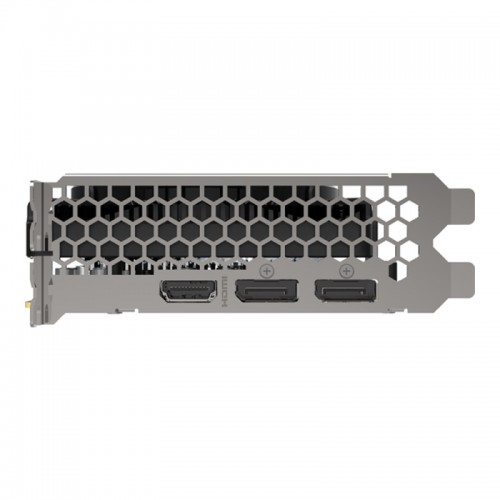
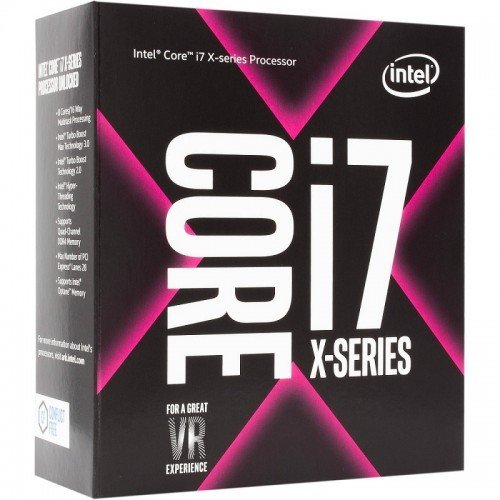
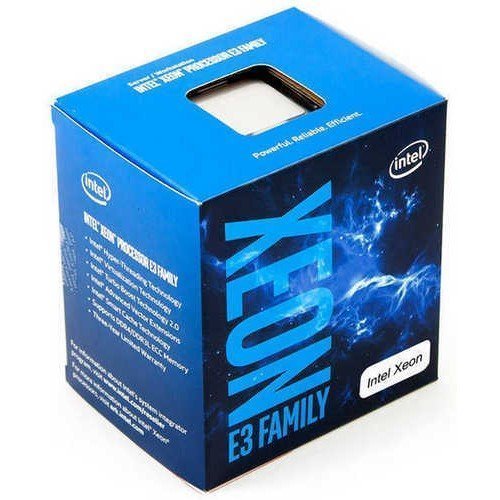
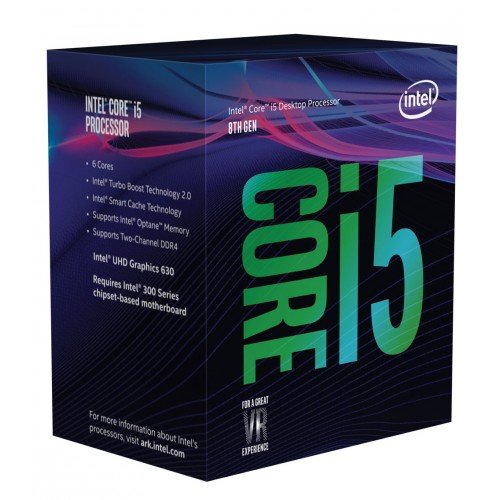
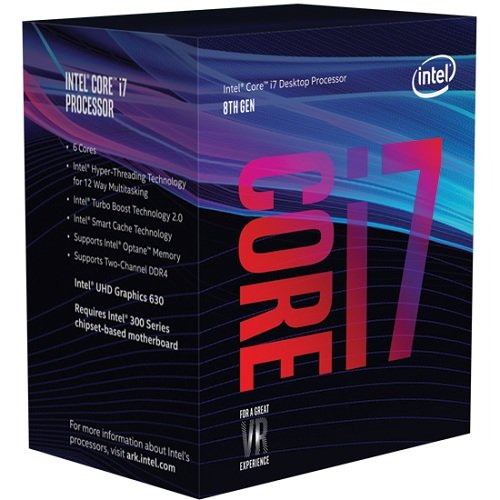
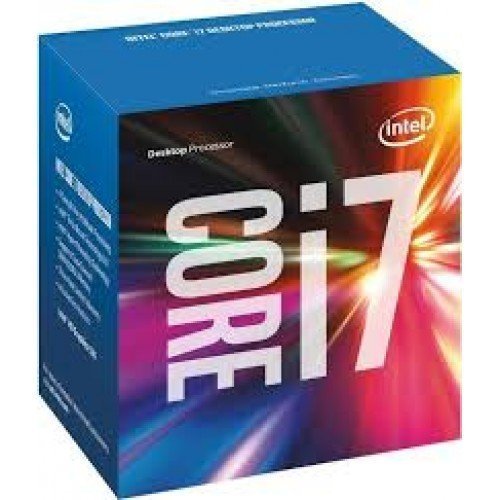
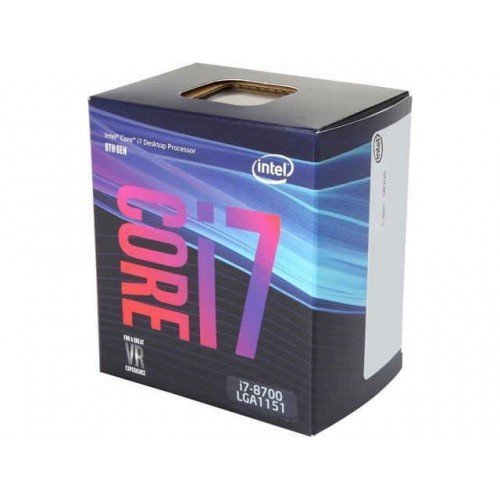
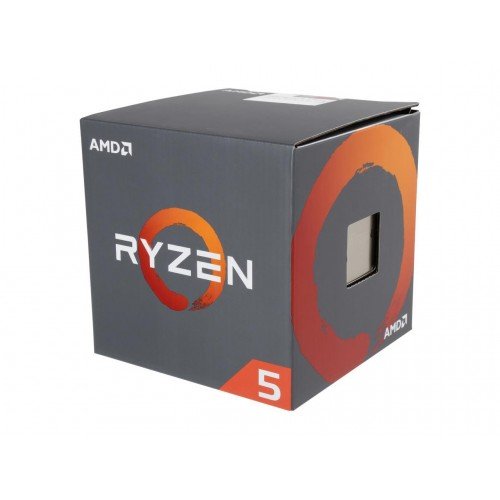

Reviews
There are no reviews yet.